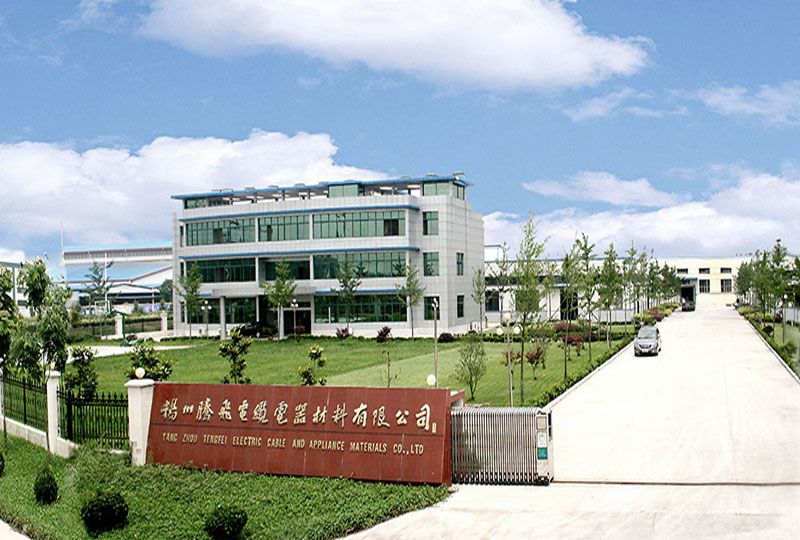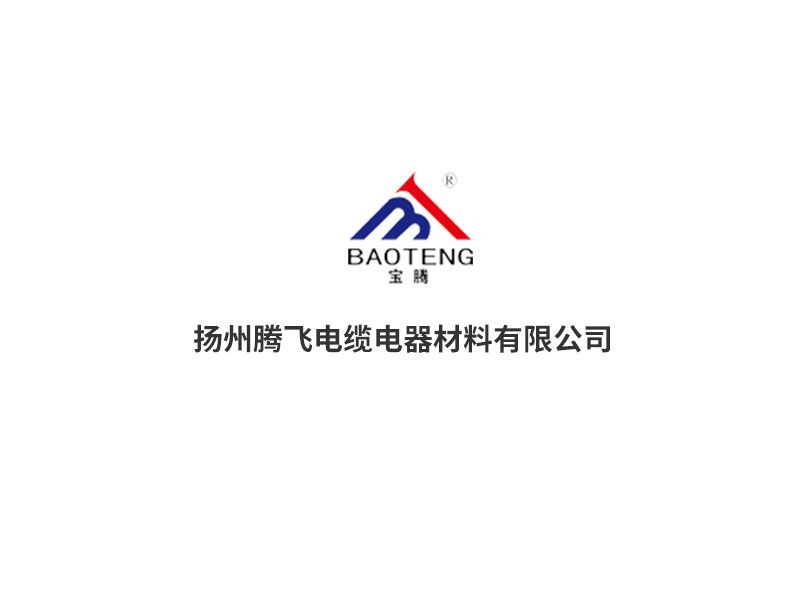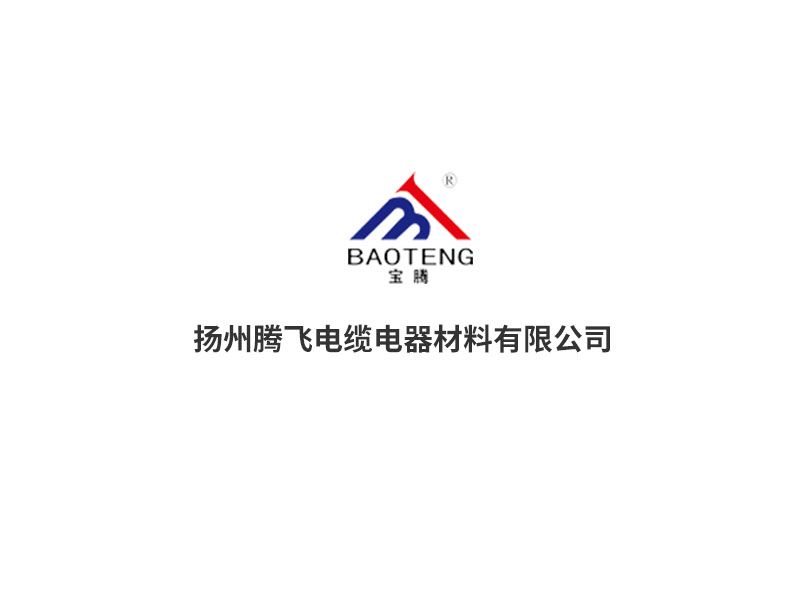02
Five major pulling forces promote the development of the cable industry...
With the transformation and upgrading of the Chinese economy, China's wire and cable enterprises are also undergoing a series of transformations. Gradually transitioning from a single wire and cable manufacturer to a provider of comprehensive product technology solutions, the five driving factors that have had a significant impact in the rapid development process are as follows.1 Tension 1. The implementation of the "the Belt and Road" policy. The "the Belt and Road" strategy proposed in 2015 is a major strategic decision made by China's policy makers to actively respond to profound changes in the global situation and coordinate the domestic and international overall situation. It is a major "top-level design" related to China's reform and development, stability and prosperity in the future, and even the realization of the Chinese dream of the great rejuvenation of the Chinese nation. The proposal of the "the Belt and Road" strategy has undoubtedly boosted the whole infrastructure construction, and infrastructure connectivity is the priority area of this strategic construction, of which the cable industry has benefited greatly. This opens up a "dream building space" for China's wire and cable industry in the next 30 years.2 Tension 2: "Internet plus" During the 2015 NPC and CPPCC, after the government work report clearly proposed the "Internet plus" action plan, "Internet plus" was like a powerful hurricane, sweeping almost all walks of life overnight. With regard to the drive of the "Internet plus" policy, it is very popular in all industries. If we put the "Internet plus" into the wire and cable industry, the "Internet plus+cable" effectively combines engineering projects, cable suppliers and cable buyers, while broadening the sales channels, helping enterprises transform and upgrade. However, "Internet plus" is not simply a combination of the Internet and traditional industries, but a restructuring of elements, and a process of transforming the production mode, economic model and industrial structure of traditional industries through the Internet.3 Tension 3: "Industry 4.0" is an important part of "Internet plus". Internet technology has reduced the information asymmetry between production and marketing, and accelerated the mutual connection and feedback between them. Therefore, a consumer driven business model has emerged, and "Industry 4.0" is the key link to achieve this model. "Industry 4.0" represents the intelligent production of "Internet plus+manufacturing", breeds a large number of new business models, and can really realize the "C2B2C" business model.4 Pull 4: "Made in China 2025" and "Made in China 2025" are the national strategic plan to strengthen high-end manufacturing announced by the State Council on May 8, 2015, and the action program for the first decade of the three decade strategy to build China into a manufacturing power. It is a long-term strategic plan formulated with a focus on the overall trend of economic and social development and industrial transformation both domestically and internationally. It not only aims to promote the transformation, upgrading, and healthy and stable development of traditional manufacturing industries, but also to achieve high-end leapfrog development in response to the development of new technologies. The annual output value of trillions of yuan in China's wire and cable industry is in line with the image of a major manufacturing country in China, but only a few of the thousands of cable companies can compete with foreign giants. Lack of added value and brand awareness. Chinese cable companies should focus on their areas of expertise, create more and reduce counterfeiting, pursue quality, prevent counterfeiting, regard quality as the foundation of their business, and strengthen the branding operation of their products. Only in this way can we break free from the global image of Chinese products as low-end, low-quality, and low-priced, and promote a leap towards the high-end of global industrial value.5 Pull Five: 2016 is the beginning year of the 13th Five Year Plan. Looking ahead to 2017, there are both opportunities and challenges for the development of wires and cables in China. There are positive factors such as the implementation of new policies during the 13th Five Year Plan and the continuous expansion of industrial development space, as well as unfavorable factors such as sustained sluggish domestic and foreign demand and difficulties faced by enterprises exceeding expectations. However, overall opportunities outweigh challenges!To sum up, the wire and cable industry in China will show new development patterns and trends. "the Belt and Road", "Internet plus", "Made in China 2025", "Industry 4.0", "13th Five Year Plan", etc. will become new economic growth highlights of the wire and cable industry....
【2022-12-15】






